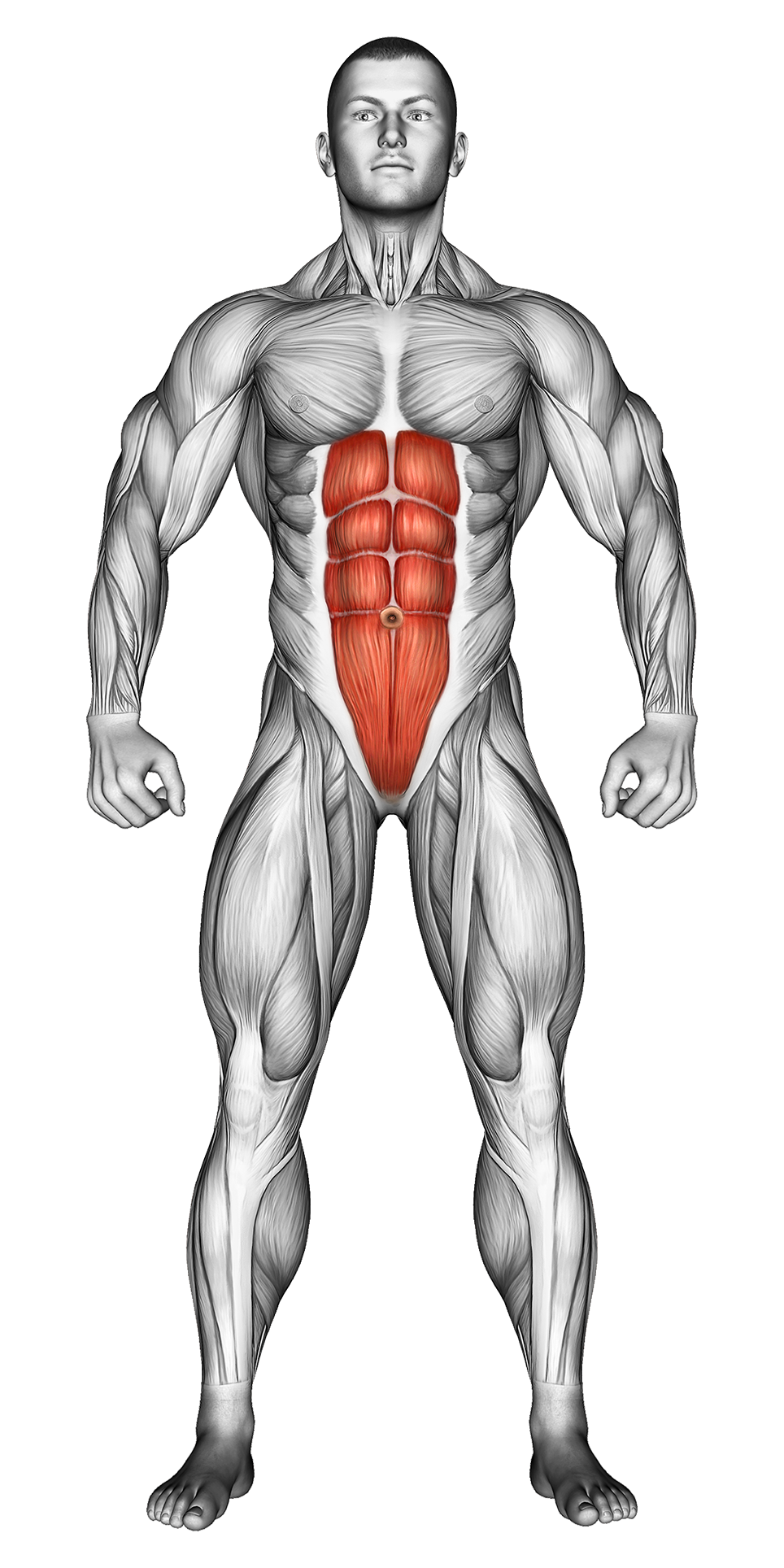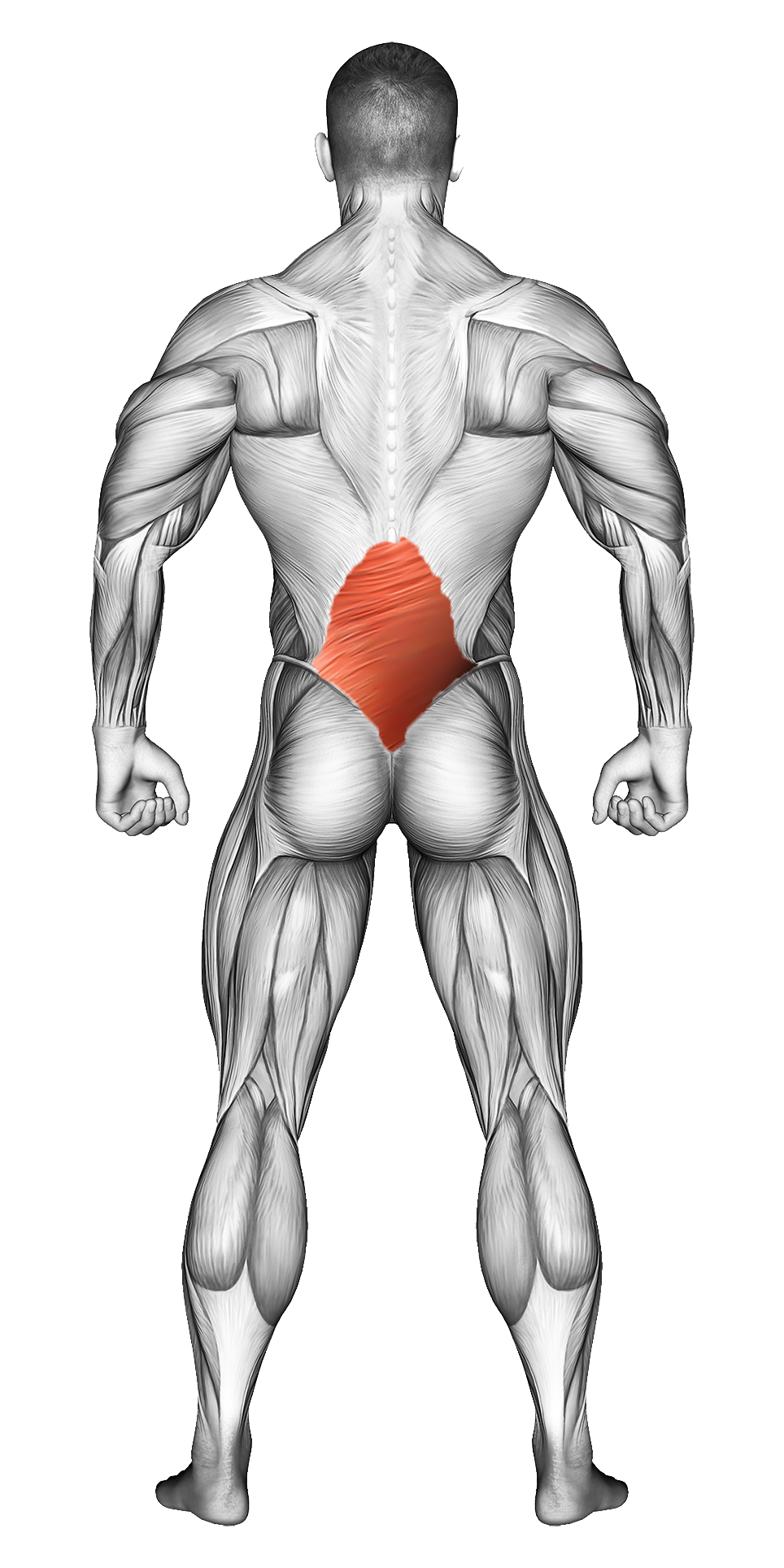Plank: Video Tutorial & Exercise Guide

Written By: Ether Brown
Updated: Oct 13, 2024
| Workout | Plank |
| Primary Muscle Group | Abs |
| Secondary Muscle Group | Lower Back |
| Equipment Required | Bodyweight |
| Force Type | Static |
| Mechanics | N/A |
| Exercise Type | Strength |
| Difficulty | Beginner |
Plank: Video Tutorial & Exercise Guide
Secondary Muscles Group
Plank: Step-by-Step Guide
- Step 1: Begin by positioning yourself face down on the floor. Place your elbows directly under your shoulders, and your forearms flat on the ground. Your feet should be together, and your body in a straight line from your head to your heels.
- Step 2: Engage your core by pulling your belly button toward your spine, and keep your hips in line with the rest of your body. Avoid letting your hips sag or lifting them too high.
- Step 3: Hold this position for the desired amount of time while focusing on keeping your body stable and avoiding any movement.
- Step 4: To release, gently lower your knees to the floor and sit back into a rest position.
Plank: Overview
The plank is a foundational core exercise that strengthens the entire midsection, including the abdominals, obliques, and lower back. It also engages muscles in the shoulders, glutes, and legs, making it an effective full-body movement. Planks are suitable for all fitness levels and can be easily modified to increase or decrease intensity.
This static hold requires no equipment, making it a versatile exercise that can be done anywhere. Its simplicity makes it one of the most effective exercises for building core strength and stability.
Plank: Benefits
Planks are one of the most efficient exercises for improving core strength and stability. They help to enhance posture, balance, and overall body alignment. The plank strengthens the lower back, reducing the risk of injury and improving functional movement in everyday life.
It also engages muscles in the shoulders, arms, glutes, and legs, making it a great full-body workout without the need for additional equipment.
Plank: Pro Tips & Advanced Techniques
To maximize the effectiveness of your plank, focus on keeping your body in a straight line from head to heels. Engage your core and glutes, and avoid letting your hips sag or your shoulders hunch. For an extra challenge, you can try adding variations like lifting one arm or leg, or holding the plank for a longer period of time.
the Plank: Progression Plan
Beginner
Intermediate
Advanced
Plank: Frequently Asked Questions (FAQs)
What muscles do planks target?
+Planks target the core, including the abdominals, obliques, and lower back, as well as the glutes, shoulders, and legs.
How often should I do planks?
+You can include planks in your routine 3-4 times per week. Start with shorter holds and increase the time as you progress.
Can beginners do planks?
+Yes, beginners can start by holding the plank for shorter periods, like 10-20 seconds, and gradually increase the time as they build core strength.
How can I avoid common mistakes during planks?
+Avoid letting your hips drop or raising them too high. Focus on keeping your body in a straight line and engage your core and glutes.
What are some advanced plank variations?
+Advanced variations include side planks, plank to push-up transitions, or adding arm and leg lifts to increase difficulty and muscle engagement.
Share
Don’t Wish for It, Work for It – Join the FlexXP Newsletter Today!
Thank you for signing up for the FlexXP Newsletter!
This site is protected and the Google Privacy Policy and Terms of Service apply.

